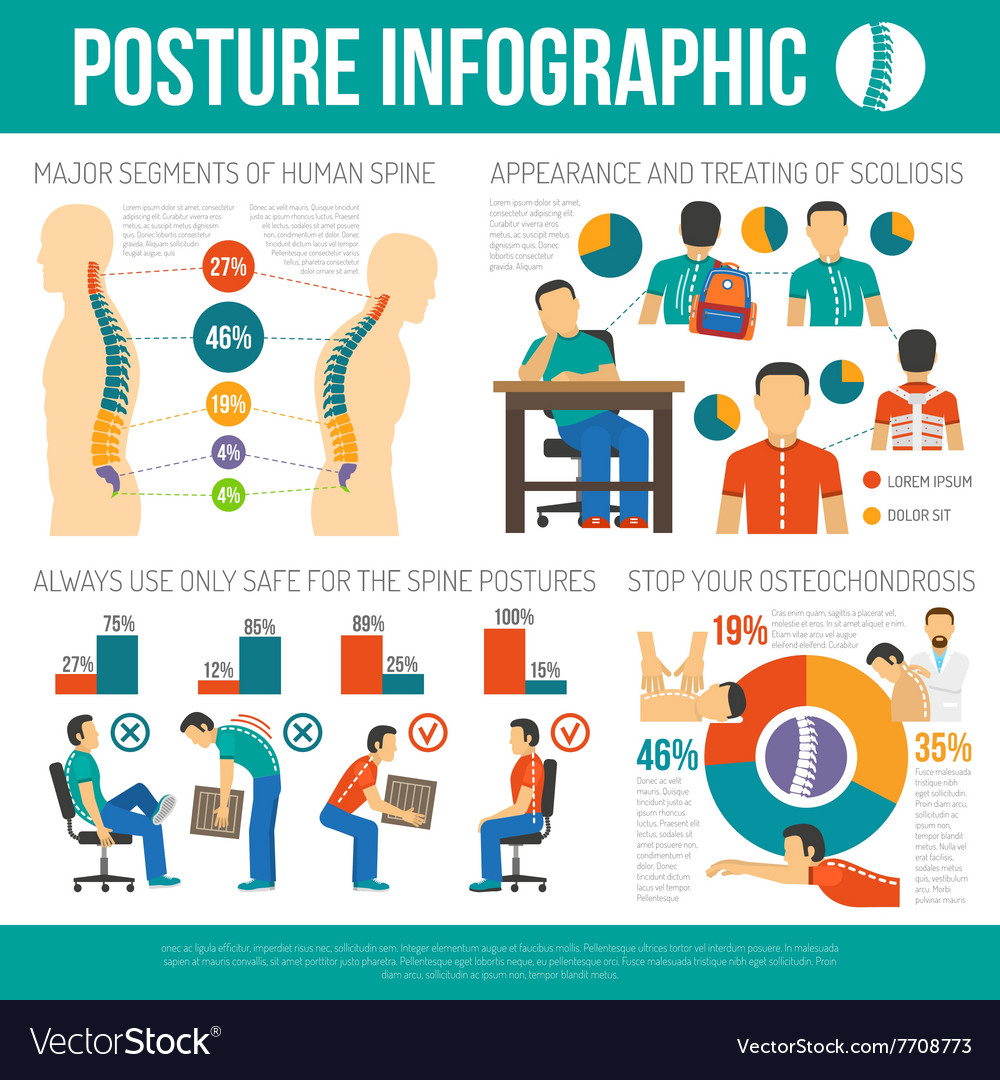Typical Daily Behaviors That Trigger Neck And Back Pain And Tips For Preventing Them
Typical Daily Behaviors That Trigger Neck And Back Pain And Tips For Preventing Them
Blog Article
Short Article Written By-Snyder Schaefer
Preserving correct pose and staying clear of typical mistakes in day-to-day activities can considerably affect your back wellness. From how you sit at your desk to how you raise hefty objects, little adjustments can make a large distinction. Think of a day without the nagging pain in the back that hinders your every action; the option could be simpler than you believe. By making a few tweaks to your daily practices, you could be on your way to a pain-free presence.
Poor Pose and Sedentary Way Of Life
Poor pose and an inactive lifestyle are 2 major factors to pain in the back. When you slouch or inkling over while sitting or standing, you put unneeded strain on your back muscle mass and spinal column. This can result in muscular tissue imbalances, stress, and eventually, chronic back pain. Additionally, sitting for back pain when standing without breaks or exercise can compromise your back muscle mass and result in stiffness and pain.
To deal with bad position, make an aware initiative to rest and stand directly with your shoulders back and lined up with your ears. Bear in mind to keep your feet level on the ground and avoid crossing your legs for extensive durations.
Integrating regular stretching and strengthening workouts right into your daily routine can additionally help improve your position and minimize pain in the back associated with an inactive way of life.
Incorrect Training Techniques
Incorrect lifting strategies can dramatically contribute to pain in the back and injuries. When you raise heavy objects, bear in mind to bend your knees and utilize your legs to raise, as opposed to relying on your back muscles. Prevent twisting your body while training and keep the object near to your body to reduce stress on your back. It's critical to keep a straight back and avoid rounding your shoulders while lifting to prevent unneeded stress on your spine.
Always analyze the weight of the things before lifting it. If view it now 's also hefty, request aid or use tools like a dolly or cart to carry it securely.
Keep in mind to take breaks throughout lifting jobs to provide your back muscular tissues an opportunity to rest and prevent overexertion. By carrying out correct lifting strategies, you can protect against back pain and reduce the danger of injuries, ensuring your back remains healthy and solid for the long-term.
Absence of Routine Exercise and Extending
A less active way of life without normal workout and stretching can significantly contribute to pain in the back and discomfort. When you do not engage in physical activity, your muscles come to be weak and stringent, bring about bad position and increased pressure on your back. Routine exercise aids enhance the muscle mass that support your spinal column, improving stability and lowering the danger of pain in the back. Including extending into your routine can also improve flexibility, protecting against stiffness and discomfort in your back muscle mass.
To avoid back pain caused by an absence of exercise and extending, go for a minimum of 30 minutes of moderate physical activity most days of the week. Include workouts that target your core muscle mass, as a solid core can help ease pressure on your back.
Furthermore, take breaks to stretch and relocate throughout the day, especially if you have a workdesk task. Easy stretches like touching your toes or doing shoulder rolls can assist alleviate tension and avoid pain in the back. Focusing on routine workout and stretching can go a long way in preserving a healthy and balanced back and decreasing pain.
Final thought
So, remember to sit up straight, lift with your legs, and remain active to prevent pain in the back. By making simple adjustments to your everyday habits, you can prevent the discomfort and restrictions that include back pain. Take care of your spine and muscular tissues by exercising great position, correct training strategies, and regular workout. Your back will thanks for it!
